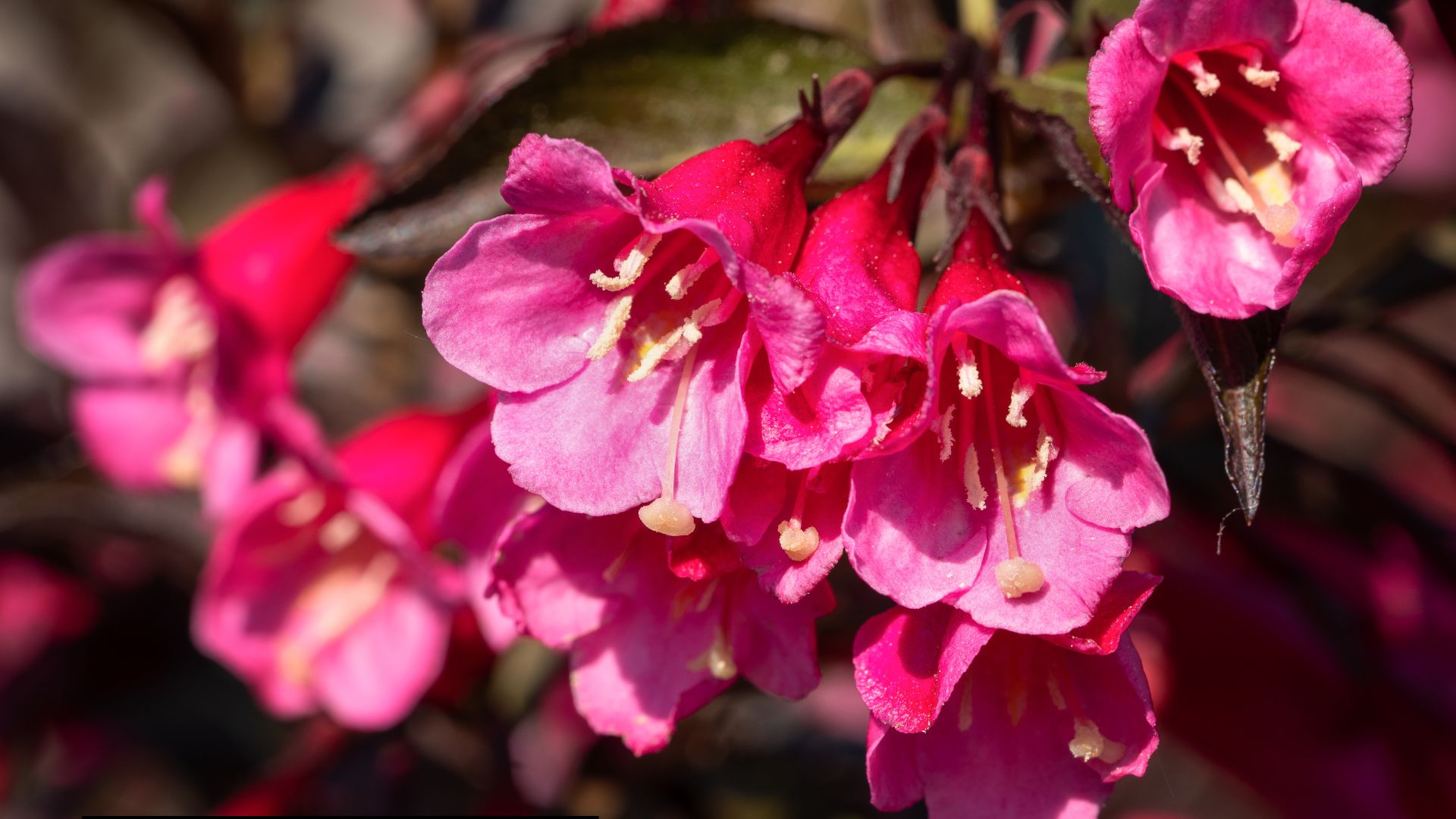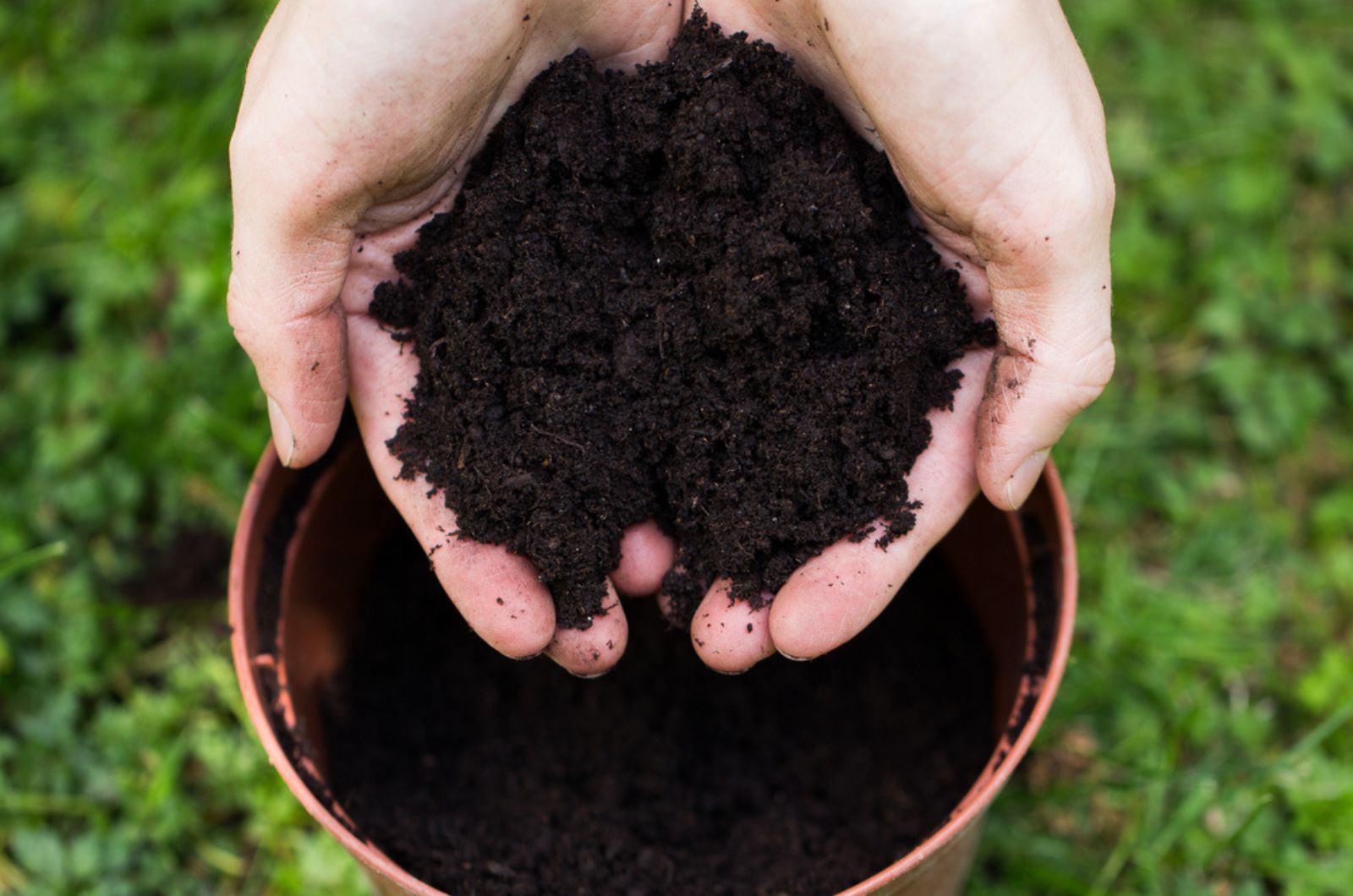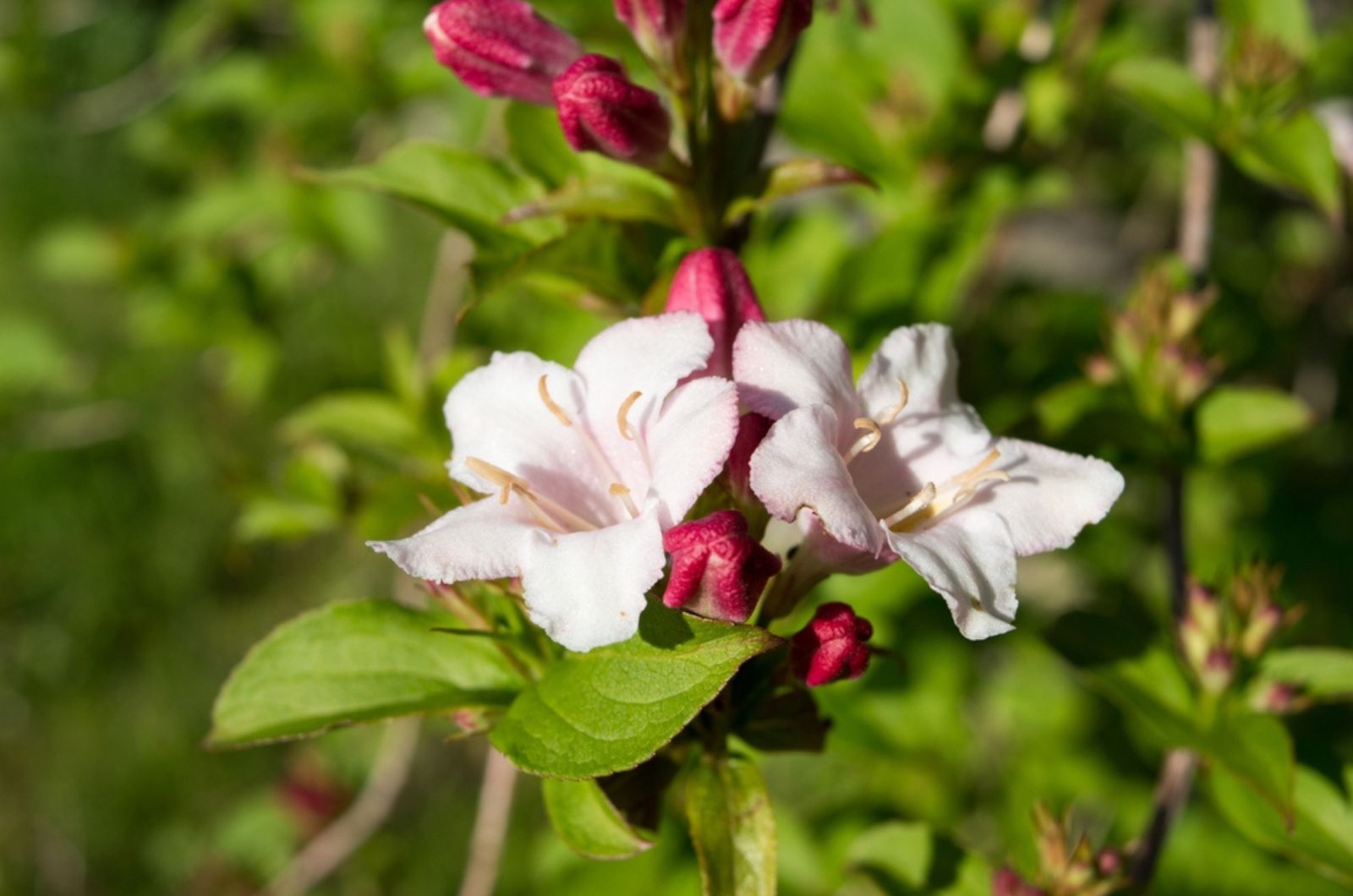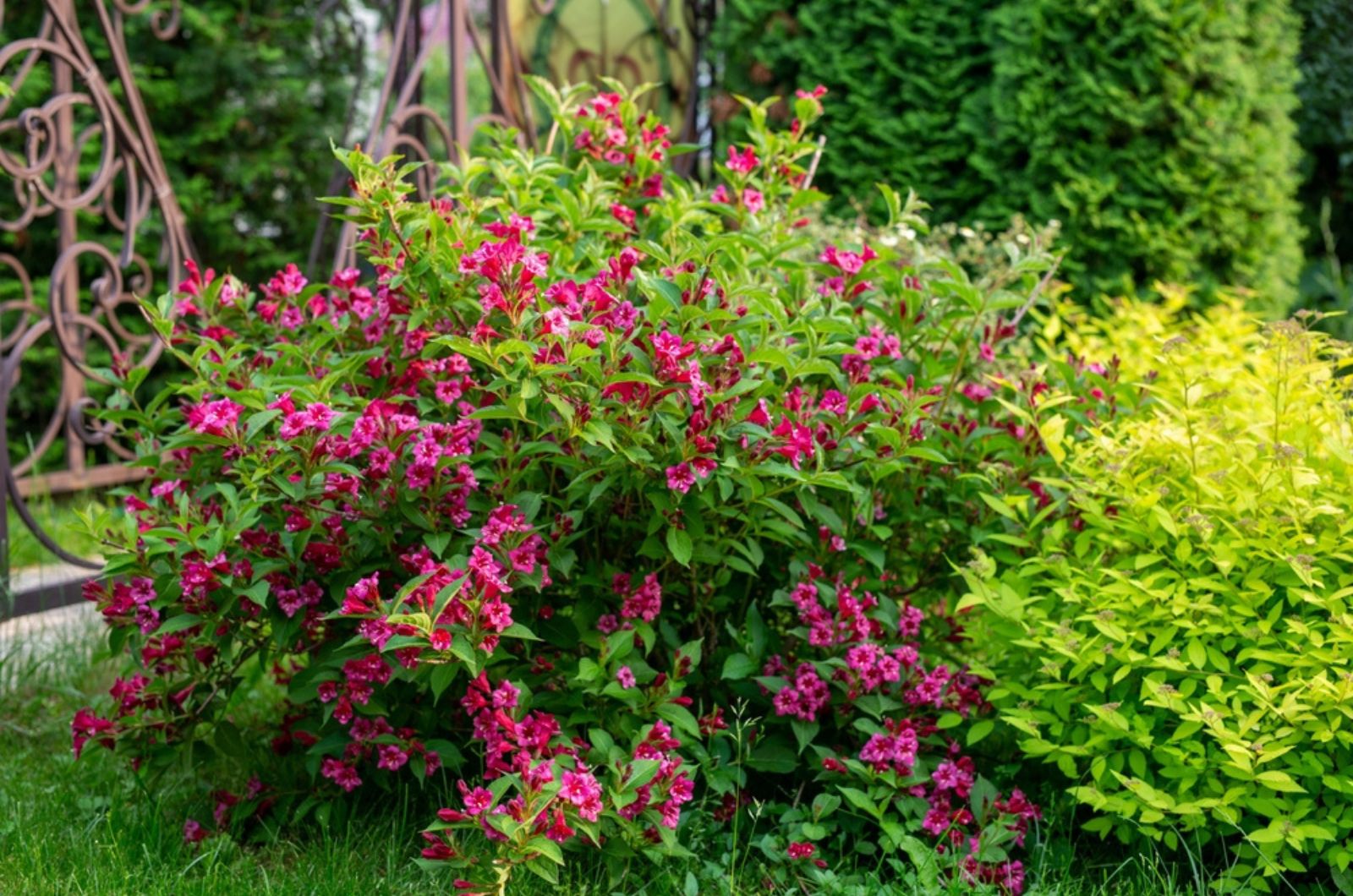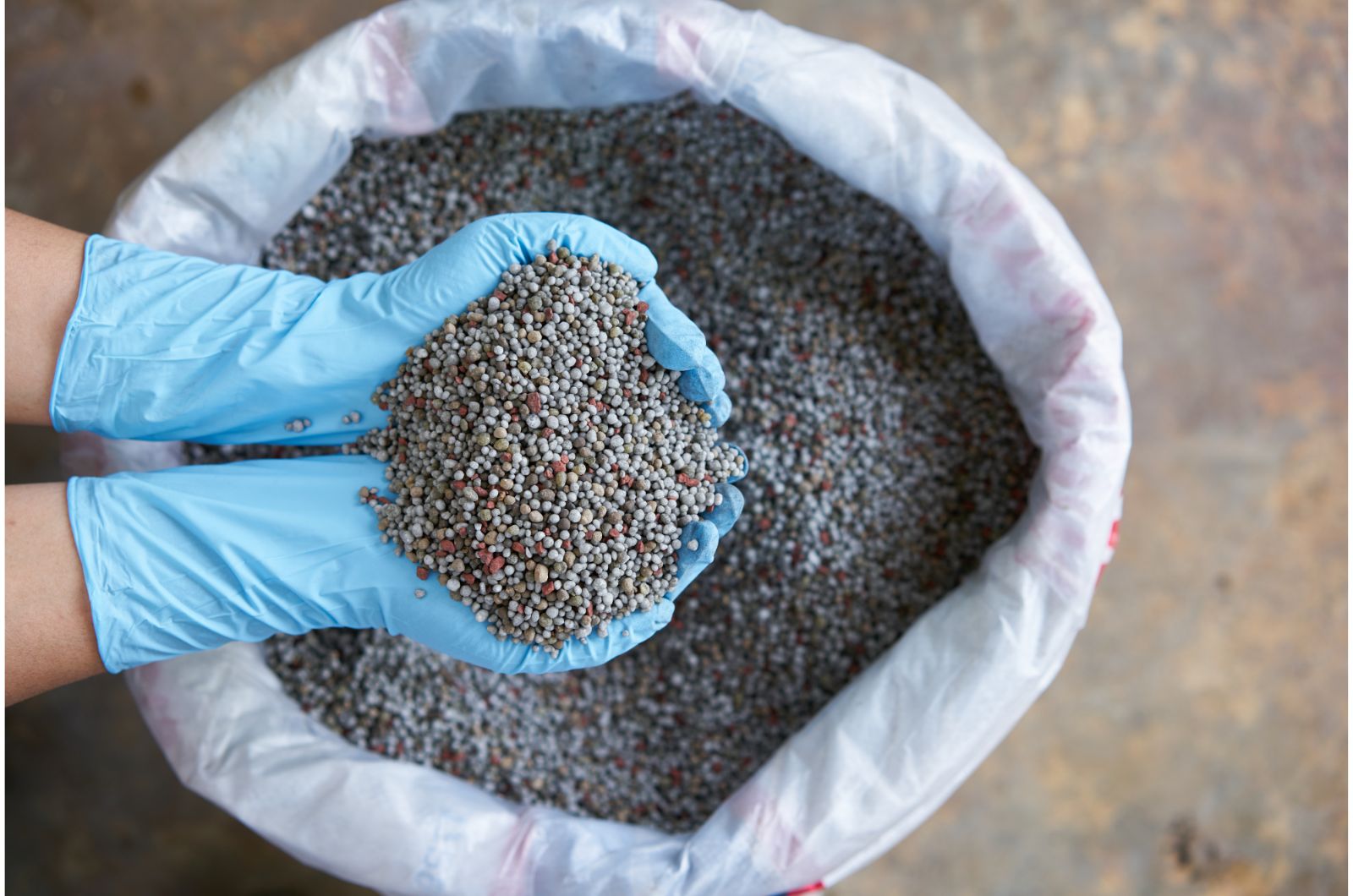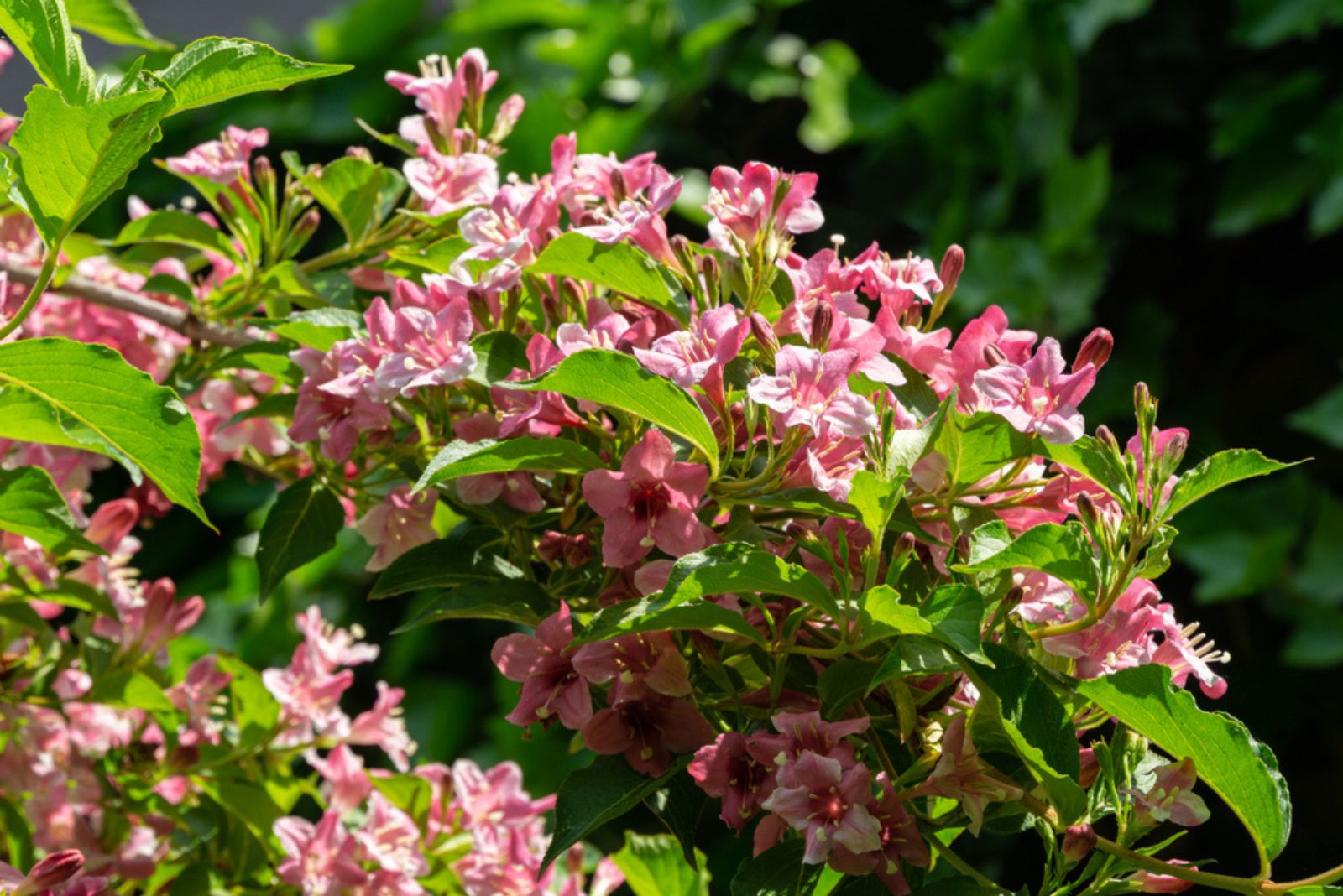One day, I was walking through my grandma’s garden and saw the most beautiful flowers ever. I hurried to ask her about them, and she said they were called weigela.
That’s when I decided I wanted those colorful flowers in my own garden. But it wasn’t easy at first – sometimes my weigela plants didn’t even grow. After trying different ways to take care of them, I finally figured out what works best.
Now, I’m excited to share what I’ve learned so you can enjoy growing weigela too!
1. Soil pH Levels And Drainage Come First
This might come as a surprise, but weigela shrubs are a bit picky about their soil.
They prefer it to be neutral to slightly acidic, so if you try planting them in alkaline or sandy soil, they might throw a fit and show off with yellowing and wilting leaves.
Changing soil pH might sound scary (it totally freaked me out when I heard about it the first time), but in practice, it’s just adding certain products like acidifiers to get everything balanced out.
If you are feeling fancy, you might want to pop your weigela in a container. This way, you can control the soil’s pH like a boss.
Besides the soil’s pH, these shrubs might get finicky about the drainage – they prefer a soil that drains very well. Too much H2O can lead to a soggy situation and some serious root rot.
This might be helpful: Why, When, And How To Add Phosphorus To Soil
2. Then, Let There Be Light
When it comes to sunlight, weigela is a bit of a sun worshiper. They thrive best in partial to full sun, soaking up those rays like sunflowers.
Some varieties can handle a bit of shade, but they really shine when basking in the full sun.
Keep in mind, though, that those with golden or purple foliage can handle the heat better, while variegated ones might need some shade in hotter climates (yep, Florida sun fried my variegated beauties).
Pick a sunny spot for your weigela and watch it thrive with at least six hours of sunlight each day.
3. Watering Should Not Be Skipped
After planting your Weigela shrub, keep a close eye on its watering needs.
For instance, I regularly check the soil, especially during dry spells, to make sure it stays consistently moist but not waterlogged.
Even though weigela can handle a bit of neglect once it’s settled in, you shouldn’t forget about it completely!
During dry spells, or if you’ve got it in a container, make sure to give it a good, deep watering to keep it happy and thriving, especially in the heat of summer (our green companions get thirsty just like us, if not even thirstier!).
4. A Little Plant Food Never Hurt Anyone
To keep your Weigela shrubs happy and healthy, I would recommend giving them a boost with fertilizer during the growing season.
I used a balanced fertilizer diluted in water, but you can also opt for slow-release fertilizer to sprinkle around the rootball.
Additionally, adding a layer of organic mulch around the base of the shrub once a year helped my plant to retain moisture and keep pesky weeds from growing and intruding.
Related: Give Your Plants A Boost With This Fantastic Organic Banana Peel Fertilizer
5. Don’t Forget To Snip Your Weigela
Yeah, you’ll have to wait until late spring or early summer to prune your weigela (just as they’re done blooming). I missed pruning one time and my weigela was, well, not as pretty.
This is because the timing ensures that the shrub can produce new buds for the following spring.
When pruning, remove any dead or damaged branches by trimming them back to the base of the plant. Trim any leggy stems and, to encourage fuller growth, selectively trim back some stems by one-third.
Avoid excessive pruning, as it can stress out the plant (as if it wasn’t already stressed enough!). Once damaged, it’s challenging to revive your Weigela shrub.
Looking back on my journey with growing weigela, I feel proud of how far I’ve come. From admiring them in my grandma’s garden to finally nurturing them on my own, it’s been quite a ride.
Through the ups and downs, I’ve learned a lot about caring for weigela and making sure they thrive. Now, as I share what I’ve learned with you, I can’t help but wonder: what will your weigela journey be like? How will these beautiful flowers look in your garden?
Enjoy the entire growing process, cherish every bloom, and embrace the beauty of nature.
Happy gardening!

